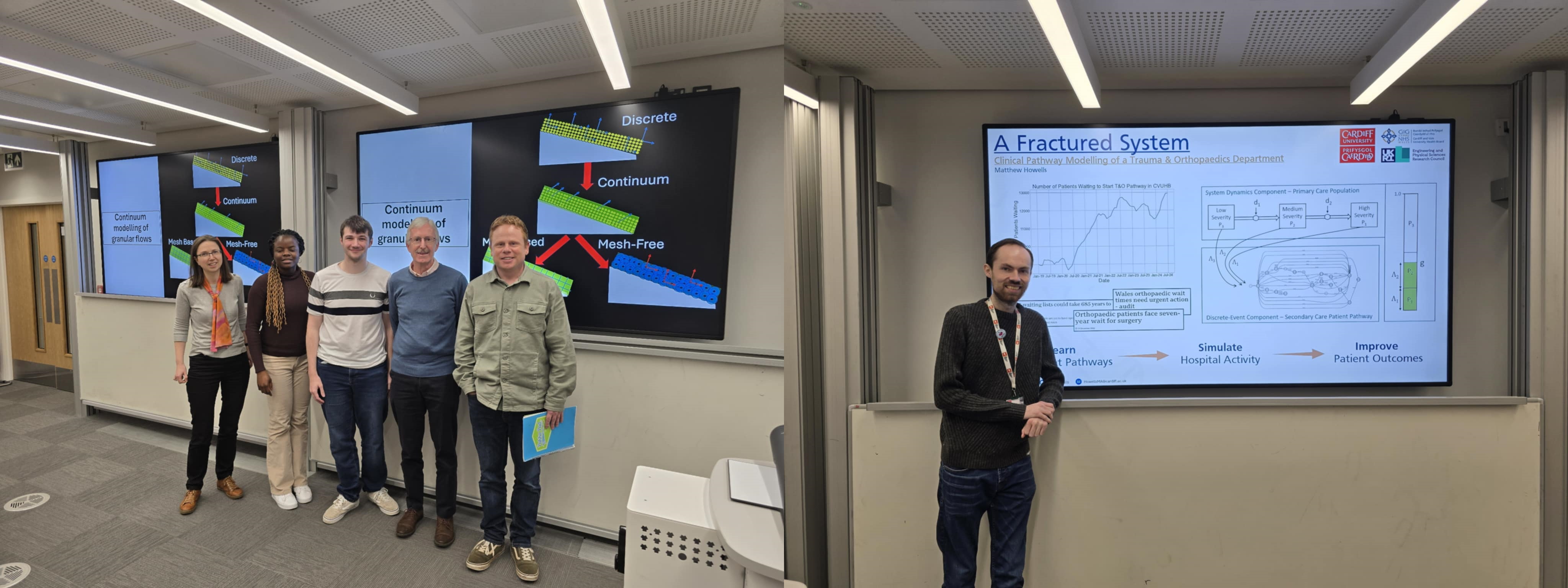Date: 22 November 2020 | Speaker: Clement Twumasi
Previous experimental studies have explored the infrapopulation dynamics of Gyrodactylus turnbulli and G. bullatarudis ectoparasites on their fish host, Poecilia reticulata. Here, we used advanced statistics and mathematical models to address three important biological questions in relation to parasite microhabitat preference, host survival and parasite virulence based on existing empirical data. Firstly, although the respective caudal and rostral preferences of these species on the host are well reported, it is unknown whether this is consistent over time and across different fish stocks. We confirm that the captive-bred G. turnbulli and wild G. bullatarudis strains preferred the caudal and rostral regions respectively across different fish stocks; however, the wild G. turnbulli strain changed microhabitat preference over time. Hence, the microhabitat preference of gyrodactylids is host and time-dependent. Secondly, we improve on previous estimates of survival probabilities by using a multi-state Markov model that generalises the standard survival model. The multi-state model reveals that the mean time for fish to remain infected with any parasite strain before either fighting off their infection or dying is between 6 and 14 days. Fish that remain infected for a longer period had a higher chance of recovering than fish whose infection lasted for a shorter period. We show that the probability of host recovery is higher among Ornamental guppy population compared to the Trinidadian fish stocks irrespective of the type of infection, size, or sex of fish; and infected fish are more likely to die than recover at any time. We reveal that large male fish are more likely to die than small or medium-sized male or female fish of any size across the different guppy populations. Finally, we quantify and compare the virulence of three parasite strains across different fish stocks and sexes, by estimating both rates of host mortality and host recovery over time from the fitted multi-state model. We show that parasite-related mortalities are host, sex and time-dependent; whereas the size of fish is confirmed to be the key determinant of host infection loss such that large fish are less likely to clear off their infection as compared to smaller fish. The Markov model will be further expanded to include spatial information and other relevant information about parasite fecundity, age, parasite microhabitat preference, parasite mortality, parasite mobility and host immune response in a future study.


